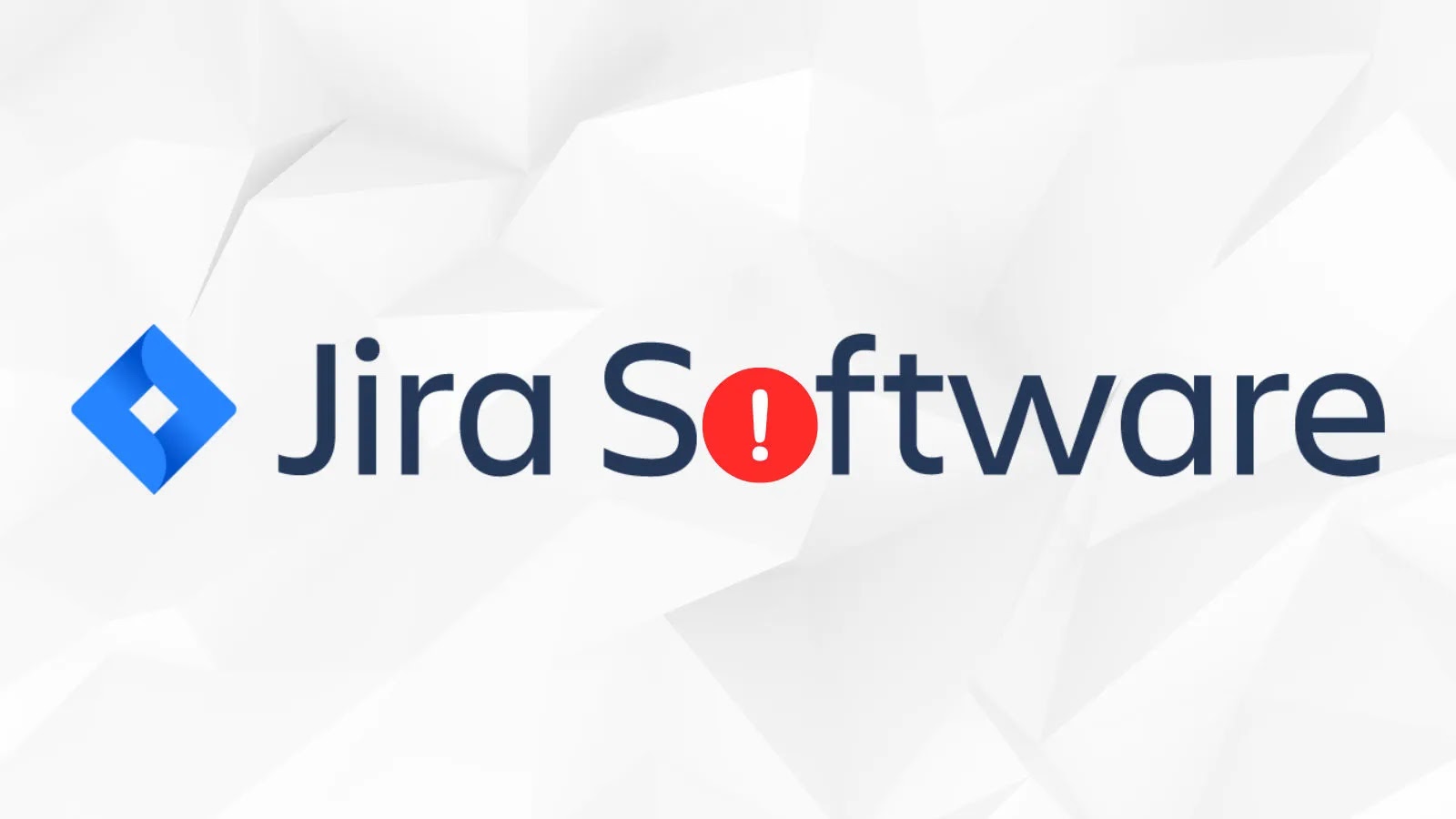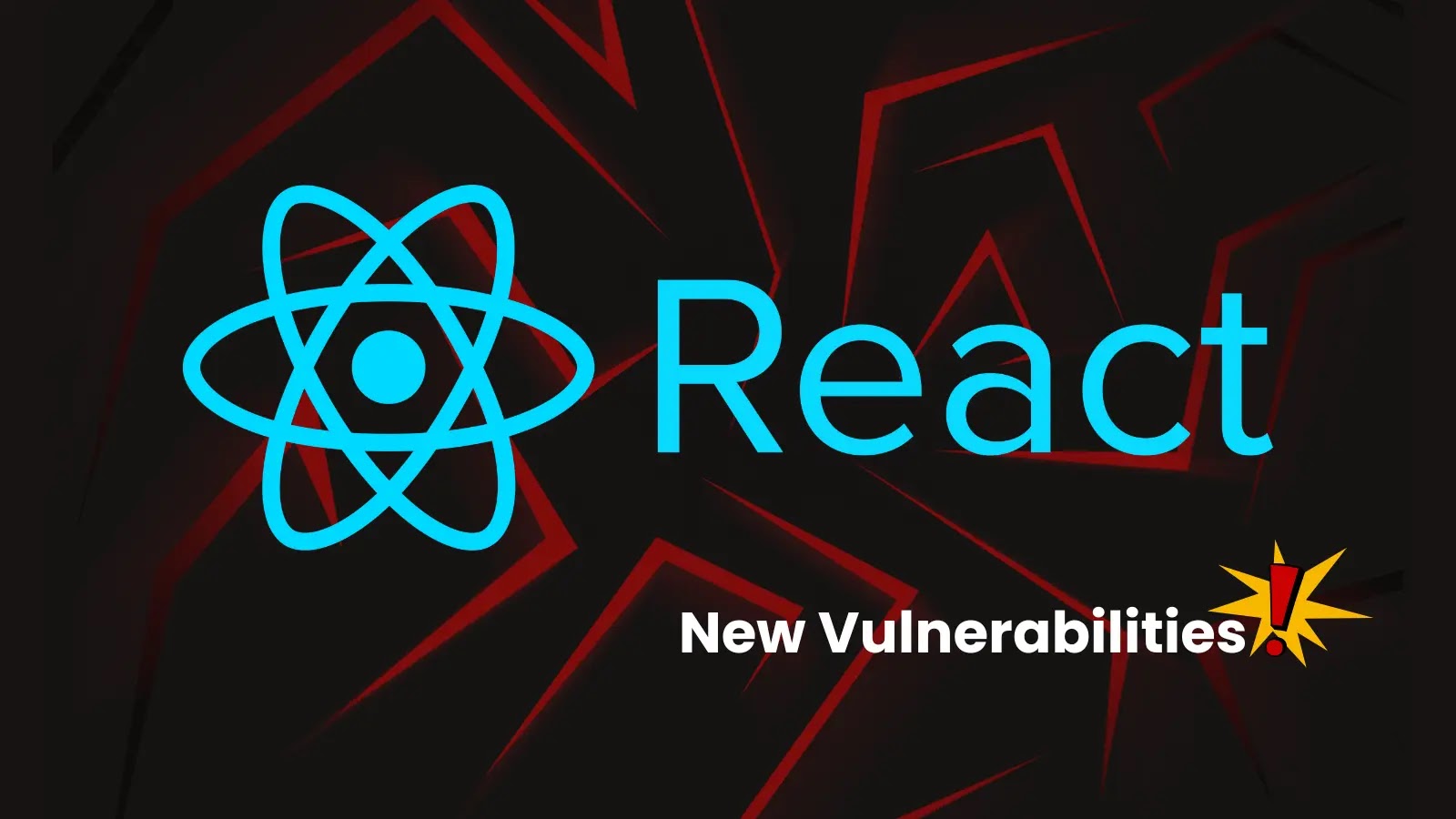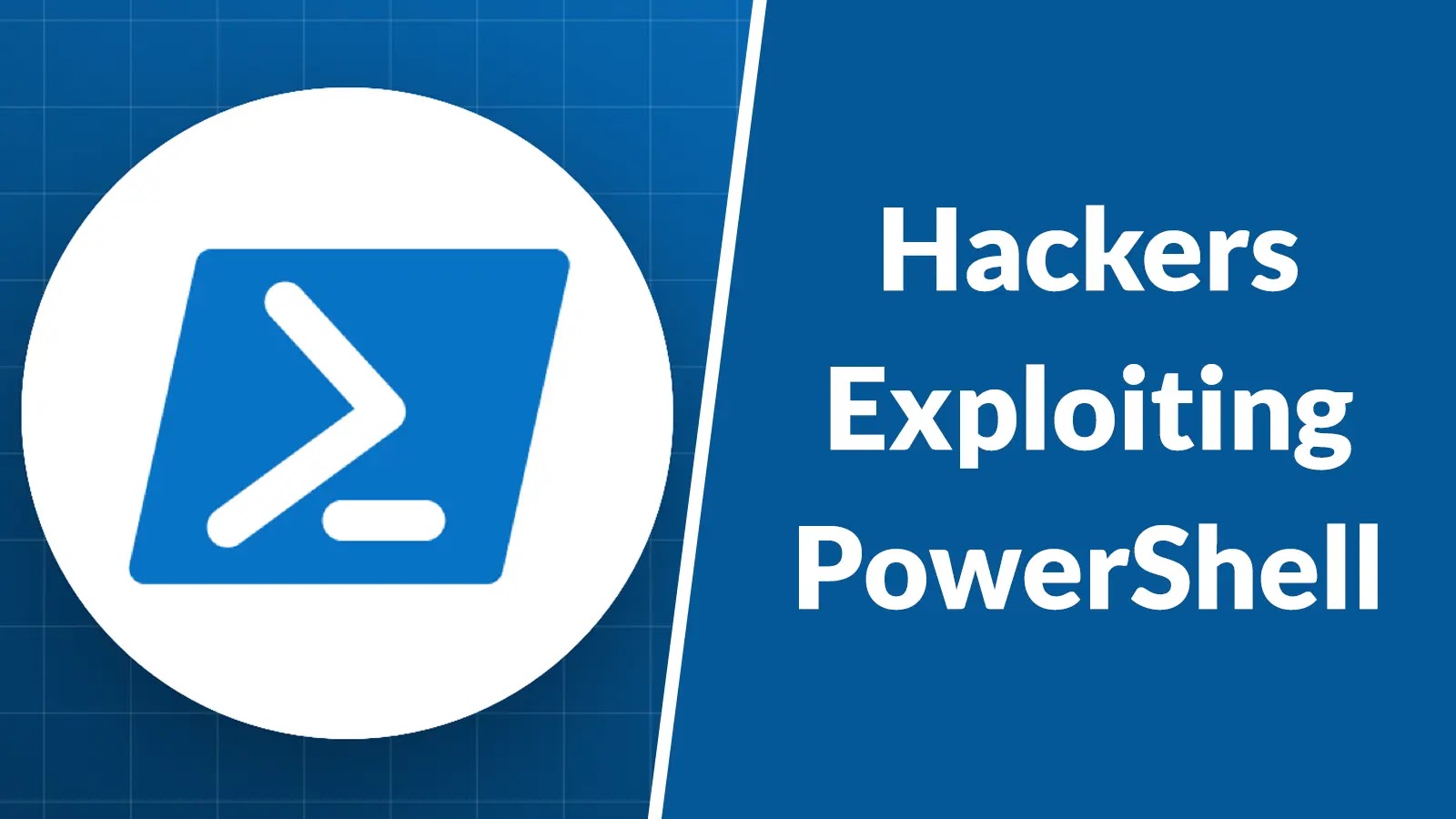Atlassian has recently identified a significant security flaw in its Jira Software Data Center and Server platforms. This vulnerability, cataloged as CVE-2025-22167, is a path traversal issue that permits authenticated users to write files to any location accessible by the Java Virtual Machine (JVM) process. With a Common Vulnerability Scoring System (CVSS) score of 8.7, this flaw is considered high severity and poses a substantial risk to organizations utilizing Jira for project management and issue tracking.
Understanding the Vulnerability
The core of this vulnerability lies in inadequate input validation within Jira’s file handling mechanisms. Attackers with authenticated access can exploit this weakness by crafting malicious requests that include traversal sequences like ../. These sequences enable the attacker to navigate the filesystem and write arbitrary data to any path that the JVM process has permission to modify. This could lead to unauthorized alterations of critical system files, configuration settings, or application data, depending on the permissions granted to the JVM process.
Affected Versions and Recommended Actions
The vulnerability was introduced in Jira Software versions 9.12.0 and 10.3.0 and persisted through version 11.0.1. Atlassian has addressed this issue in the following patched versions:
– For the 9.x series: Upgrade to version 9.12.28 or later.
– For the 10.x series: Upgrade to version 10.3.12 or later.
– For the 11.x series: Upgrade to version 11.1.0 or later.
Organizations are strongly advised to update their Jira installations to these versions promptly to mitigate the risk associated with this vulnerability.
Potential Impact on Organizations
Exploitation of this vulnerability could have severe consequences for organizations. Attackers could corrupt configuration files, alter project data, or deploy malicious code, leading to operational disruptions or compliance violations. In environments where multiple users or organizations share the same Jira instance, the risk is amplified, as unauthorized modifications could affect multiple stakeholders.
The CVSS v3 vector (CVSS:3.1/AV:N/AC:L/PR:L/UI:N/S:U/C:H/I:H/A:H) indicates that the vulnerability requires network access and valid authentication but presents high risks to confidentiality, integrity, and availability. An authenticated attacker could potentially compromise system integrity by writing arbitrary files to any location the Jira JVM process has permissions to access.
Mitigation Strategies
In addition to upgrading to the patched versions, organizations should consider implementing the following mitigation strategies:
– Restrict JVM Filesystem Permissions: Limit the write permissions of the JVM process to essential directories only, reducing the potential impact of unauthorized file modifications.
– Network Segmentation: Isolate Jira servers from untrusted networks and limit access to authenticated and authorized users.
– Anomaly Detection: Implement monitoring tools to detect unusual file system activities, such as unexpected file modifications or creations.
– Regular Backups and Audits: Maintain up-to-date backups of critical data and conduct regular audits to ensure the integrity of system files and configurations.
Conclusion
The discovery of CVE-2025-22167 underscores the importance of proactive security measures and timely software updates. Organizations relying on Jira Software Data Center and Server should prioritize upgrading to the recommended versions and implement additional security controls to safeguard against potential exploitation. By taking these steps, organizations can protect their project management infrastructure from unauthorized access and maintain the integrity of their operations.



